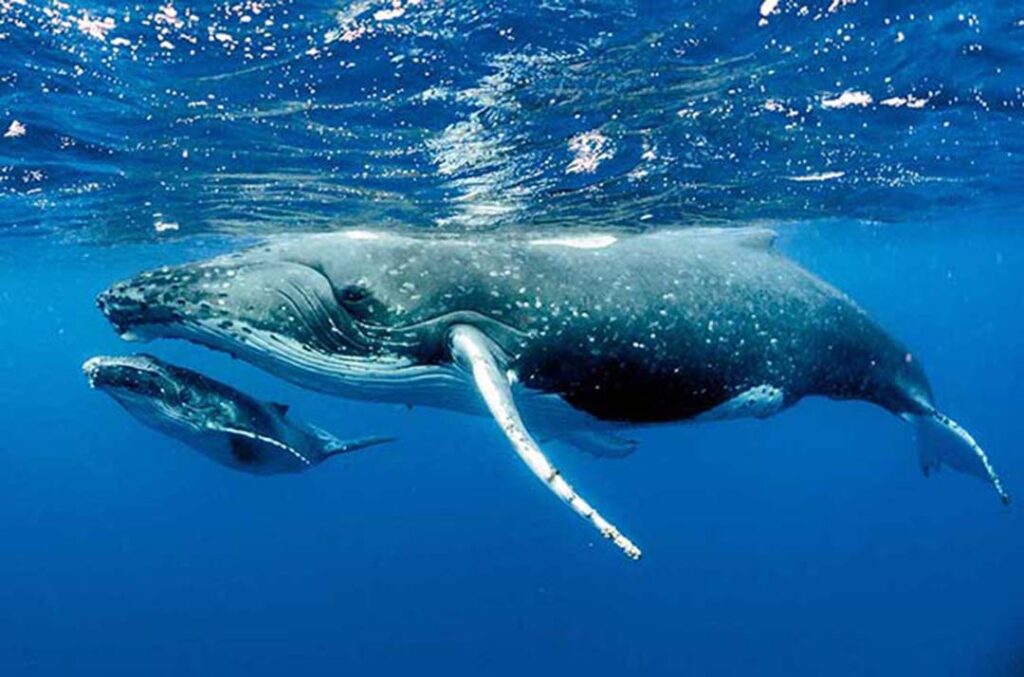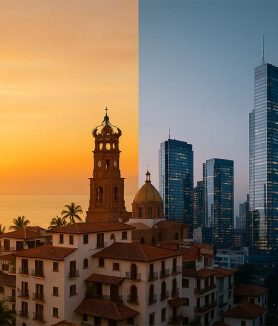The biggest mammals in the planet travel nearly 3,000 miles across the icy Arctic until reaching the Mexican coasts to start their mating season and give birth to their offspring. These glorious mammals are welcomed by the warm temperatures of the Pacific offering shelter to protect their young calves from the heavy winter storms and give them a head start before returning north.
Of the 14 species of whales in the world, six have made the Mexican Pacific their home, and tow of them, the humpback and the gray, temporarily visit during their period of migration. Puerto Vallarta receives the annual visit from the humpbacks from mid-December to mid-April, months in which both local and tourists can enjoy the visit of these majestic cetaceans.
Did you know…?
- About 26,000 whales migrate each year to the Pacific.
- Whales store a large number of resources during the summer, so in winter they practically do not feed.
- Their gestation period is about 10 months.
- Their babies feed solely on breast milk.
- Calves can gain up to 200 pounds daily.
- Whale’s vocalizations can reach distances of up to 6,200 miles.
- First-time mothers are assisted by a “nurse” whale that will accompany the mother whale for 5 to 6 months until their return to the Arctic.
- They are so friendly that they are the ones to come to your encounter during your expedition.












